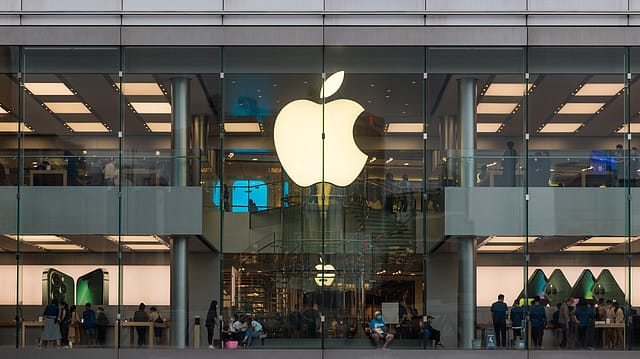Year 2023 projected to be worst year for global smartphone shipments
ADVERTISEMENT

The year 2023 is on track to become the worst year for global smartphone shipments in 10 years, with regional macro risks extending smartphone replacement rates to record levels, says the latest report by global research firm Counterpoint.
According to preliminary figures from Counterpoint Research’s latest Global Smartphone Shipment Forecast, the year 2023 shipments are forecast to decline 6% to 1.15 billion units, which is the lowest in a decade.
"Asia is one of the major hurdles to positive growth, as headwinds halt the economic turnaround anticipated for China at the start of the year, and the broader region experiences intensifying declines across emerging markets," the report says.
North America also continues to be a "major drag" on global recovery, it says, with a disappointing H1 setting it up for double-digit full-year declines. Even though there has been strength in the jobs market and inflation falling, consumers are hesitant to upgrade devices, pushing replacement rates for the US and globally to record highs.
“There’s been a decoupling between what’s happening in the economy and consumers buying phones. So far this year it’s been record low upgrades across all carriers,” says Jeff Fieldhack, research director, North America.
January 2026
Netflix, which has been in India for a decade, has successfully struck a balance between high-class premium content and pricing that attracts a range of customers. Find out how the U.S. streaming giant evolved in India, plus an exclusive interview with CEO Ted Sarandos. Also read about the Best Investments for 2026, and how rising growth and easing inflation will come in handy for finance minister Nirmala Sitharaman as she prepares Budget 2026.
“But we’re watching Q4 with interest because the iPhone 15 launch is a window for carriers to steal high-value customers. And with that big iPhone 12 installed base up for grabs promos are going to be aggressive, leaving Apple in a good spot.”
In China, “Apple is well positioned as the premium segment continues to gain more share,” states Ethan Qi, associate director, China.
However, premium, and ultra-premium growth is a trend that is happening globally and favours vendors like Apple, which have portfolios heavily weighted in the higher segments. "The year 2023 could mark the start of a new era for Apple as a resilient premium market and strong showing in the US could help it become number one globally in terms of annual shipments for the first time ever. It’s the closest Apple’s been to the top spot. We’re talking about a spread that’s literally a few days’ worth of sales,” says Fieldhack.
“Assuming Apple doesn’t run into production problems like it did last year, it’s really a toss-up at this point.”
India, meanwhile, has registered a compound annual growth rate of 23% under the 'Make in India' initiative during 2014-2022 as mobile phone shipments crossed the two-billion cumulative units mark, Counterpoint's other recent report says. This, as a result, has made India the second-biggest mobile phone-producing country.
The huge internal demand, increasing digital literacy, and government push are likely to be the major reasons for this growth. The Indian government has introduced schemes and initiatives such as the phased manufacturing programme (PMP), Make in India, Production Linked Incentive (PLI), and Atma-Nirbhar Bharat (Self-Reliant India) to increase local manufacturing and value addition.
